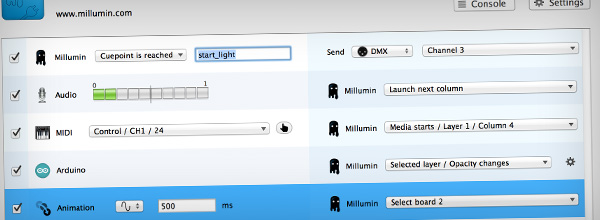


Then either print them from Rhino's print panel into directly paper (if your scale is small enough to fit a paper), or you can export your curves as an Adobe Illustrator or Autodesk Autocad file to laser cut them from a different material.
MASKING IN MILLUMIN HOW TO
This seems complex, but it is achievable with some introduction courses on Rhino such as this house modelling tutorial from autocad curves, or this tutorial on how to model 3D objects from photos can help. Then aligned them like a box and started to create 3D planar surfaces.

MASKING IN MILLUMIN SOFTWARE
To make our physical model, we have again used another software called Rhinoceros.Making the 3D Physical Model of the Building The students were delighted to see their drawings brought to life. Just like our Future Fridays event, the use of projection proved to be a powerful way to engage people.

The students’ drawings final drawings were animated and projected onto a scaled model of the program’s new building. The workshop culminated with a presentation of the children’s work. If you are familiar or not with Sketchup, this official tutorial with guide you through the process. Although we haven't tried this, there are lots of tutorials how to do it. Another way to construct views and scaled model is to use Google Sketchup's photo match feature, which allows users to create architectural 3D drawings by using photos as a reference.This way it is easier to make a 3D scaled physical model by using them. As you can see in our provided line drawing, we have tried to make them as similar as they can. One important aspect is that when you are drawing two side views, say front and side elevations, you should try to preserve the scale between them.This way, it is easier to make the scaled model by using these drawings. Then with a drawing software, Adobe Illustrator, we traced the lines of the building and make these lines parallel as much as we can.Then we selected the photo with the best possible view.You can check what it is like through Google Streetview. To make the side view illustration, we went to the actual building and take shots with our digital cameras and smartphones.Making the line illustrations of the sides (elevations) of the building To keep the exercise relevant to the students, they were asked to imagine the future of a building that was set to become the future home of their afterschool program. Students were asked to visualize the future for a vacant space in their neighborhood. The second session shifted the focus away from the individual and toward the community.


 0 kommentar(er)
0 kommentar(er)
